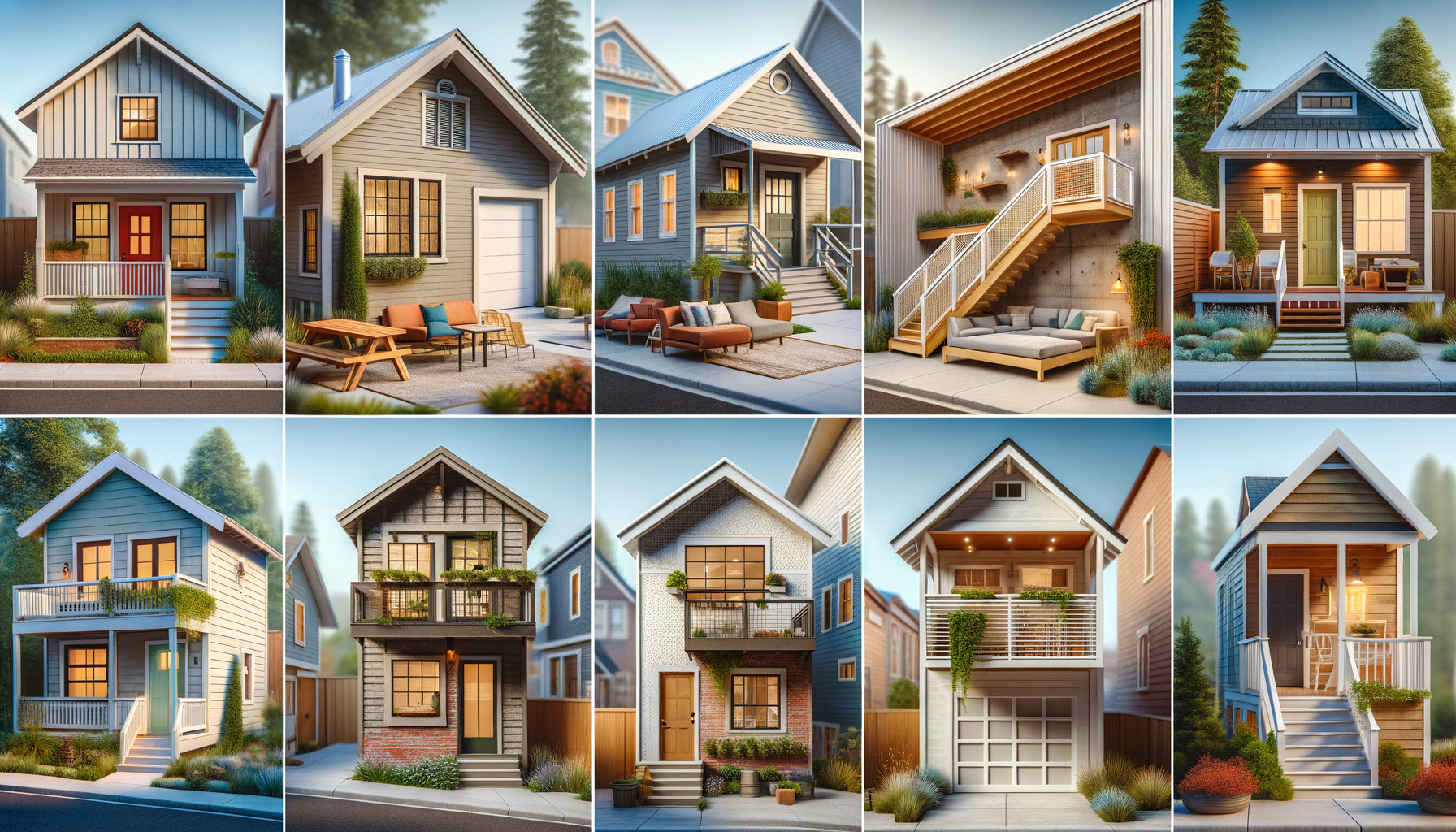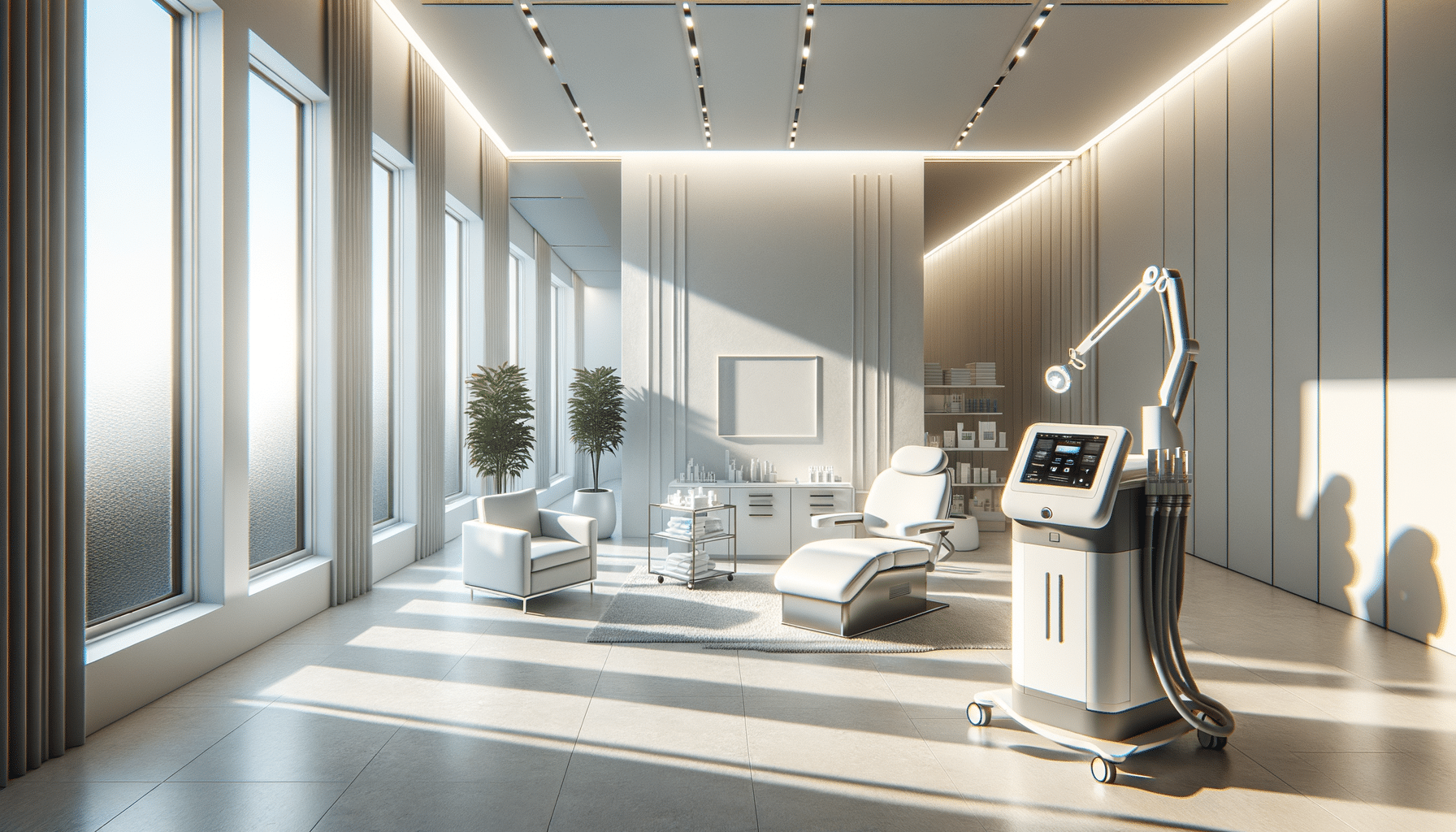
A Guide to Accessory Dwelling Units
Understanding Accessory Dwelling Units (ADUs)
Accessory Dwelling Units, commonly known as ADUs, are innovative housing solutions that have gained popularity in recent years. These are secondary housing units located on the same lot as a primary residence. ADUs can be detached, attached, or even converted from a part of the existing home, such as a basement or garage. They offer a flexible living arrangement that can serve various purposes, from providing housing for extended family members to generating rental income.
ADUs are often lauded for their ability to make efficient use of existing land, particularly in urban areas where space is at a premium. By adding a secondary unit, homeowners can maximize their property’s potential without the need for additional land development. This makes ADUs a sustainable choice for cities looking to increase their housing stock without expanding their footprint.
Moreover, ADUs can be tailored to meet the specific needs of the occupants. Whether it’s a cozy studio for a single tenant or a larger unit for a family, the design possibilities are endless. This adaptability is one of the key factors driving the popularity of ADUs, as they can be customized to fit the lifestyle and requirements of different individuals.
Benefits of Accessory Dwelling Units
The benefits of ADUs extend beyond just providing additional living space. One of the primary advantages is the potential for rental income. Homeowners can lease the ADU to tenants, generating a steady stream of income that can help offset mortgage payments or other expenses. This makes ADUs an attractive investment for those looking to capitalize on their property’s value.
In addition to financial benefits, ADUs can also enhance the overall value of a property. With the rising demand for flexible housing options, properties with ADUs are often more appealing to potential buyers. This can result in a higher resale value, making ADUs a smart long-term investment.
ADUs also offer a practical solution for multigenerational living. As families look for ways to accommodate aging parents or adult children, ADUs provide a separate yet close living arrangement that maintains privacy while fostering family connections. This can be particularly beneficial in areas where the cost of assisted living facilities or separate housing is prohibitive.
Challenges and Considerations
While ADUs offer numerous advantages, there are also challenges and considerations to keep in mind. One of the primary hurdles is navigating the complex web of zoning laws and regulations. Depending on the location, there may be restrictions on the size, design, and use of ADUs. It’s essential for homeowners to thoroughly research local ordinances and obtain the necessary permits before proceeding with construction.
Financing an ADU can also be a challenge. While some homeowners may have the capital to fund the construction outright, others may need to explore financing options such as home equity loans or construction loans. It’s important to weigh the costs and potential return on investment to determine the feasibility of adding an ADU.
Additionally, the construction of an ADU can be a complex process that requires careful planning and coordination. From hiring architects and contractors to managing timelines and budgets, the process can be daunting for those unfamiliar with construction projects. However, with the right team and resources, these challenges can be effectively managed.
Design and Construction of ADUs
The design and construction of ADUs offer a unique opportunity for creativity and innovation. When planning an ADU, homeowners should consider factors such as the available space, the intended use of the unit, and the architectural style of the existing home. The design should complement the primary residence while also providing a distinct and functional living space.
There are several design options for ADUs, ranging from modern and minimalist to traditional and cozy. Homeowners can choose between prefabricated units, which are built off-site and assembled on the property, or custom-built units that are designed and constructed from scratch. Each option has its advantages, with prefabricated units typically offering faster construction times and lower costs, while custom builds allow for greater personalization.
In terms of construction, it’s crucial to work with experienced professionals who understand the nuances of building an ADU. This includes architects, builders, and contractors who can navigate zoning laws, design considerations, and construction challenges. By assembling a skilled team, homeowners can ensure that their ADU is built to code and meets their specific needs.
The Future of Accessory Dwelling Units
The future of ADUs looks promising as more cities and municipalities recognize their potential to address housing shortages and provide affordable living options. As urban areas continue to grow and land becomes scarcer, ADUs offer a practical solution for increasing housing density without compromising the character of neighborhoods.
Furthermore, advancements in building technology and sustainable design are likely to influence the development of ADUs. With a focus on energy efficiency and eco-friendly materials, future ADUs may incorporate features such as solar panels, rainwater harvesting systems, and smart home technologies. These innovations can enhance the sustainability of ADUs and reduce their environmental impact.
As the demand for flexible and affordable housing solutions continues to rise, ADUs are poised to play a significant role in the future of urban development. By providing versatile living spaces that cater to a variety of needs, ADUs can help create more inclusive and resilient communities.


